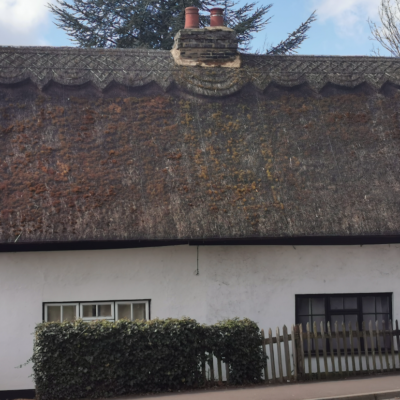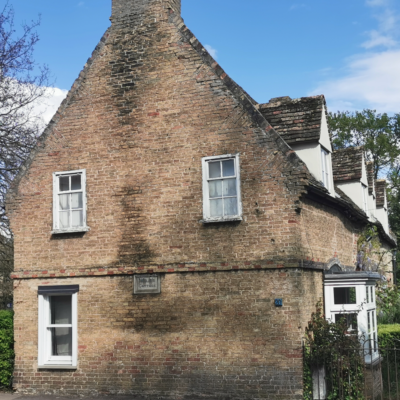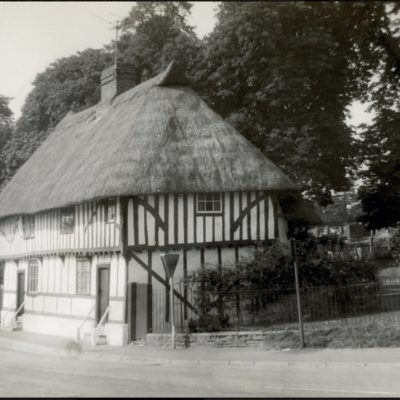Search by topic
- archaeology
- Building of Local Interest
- charity
- church
- crime
- dressmaker
- fire
- Great Eastern Railway
- Listed building
- Mapping Relief
- medieval
- oral history
- poverty
- Public House
- Rattee & Kett
- Religious House
- Roman
- scholar
- school
- Then and Now
- tudor
- women
- work
- world war one
- world war two
Search by text
Dullingham House
History of Dullingham House
Listed Building
Small country house built for Christopher Jeaffreson in 1749, possibly including part of an earlier building. Two flanking wings and shaped and pedimented gables to south facade demolished in c.1950 and remaining central block with slightly projecting cross-wings re-roofed.
Stable block with flanking wings. Early C18, contemporary with the house.
The present Dullingham House was constructed in the early years of the C18 by Christopher Jeaffreson, whose family had owned the manor and Dullingham estates since 1656 when John Jeaffreson, a pioneer settler on St Kitts, purchased it from the infant Sir Richard Wingfield. Surviving evidence inside the building suggests that the new house replaced an earlier one on the same site. When Sir Christopher died in 1749, the estate, its new house and small pleasure ground passed to his son, also Christopher, who remained at Dullingham until his death in 1788. His only son, Col Christopher Jeaffreson inherited. By c 1800 the grounds surrounding the House still only extended to c 12ha but in 1799 Jeaffreson had called in Humphry Repton (1752-1818) to give advice on the alteration of the grounds and in 1802 a Red Book was produced. This dealt solely with the land to the south of the House. Following enclosure in c 1810, the park was extended to bring in the land to the north of the House, at which time it reached its full size of c 32ha. Christopher Jeaffreson died in 1824 and the estate passed to his daughter Harriet, who married William Pigot in 1827. Their son, Christopher William Pigot, born in 1836, took the name of Robinson in 1857 under an inheritance from his maternal grandmother. In 1870 he married Mary Marianne Dunn-Garnder. Mary Robinson lived at Dullingham until she died, aged ninety-one, in 1939. The estate then descended to her half-brother’s daughter Miriam Leader who sold it in 1947 to F B Taylor. His son, P B Taylor, divided up the property, the House, gardens and park being purchased by Angela Tomkins who, together with her father, developed the park as a race-horse stud. In 1994 the House and its immediate grounds were purchased by Sir Martin and Lady Nourse and the stable courtyard developed for private housing. The site remains (2000) in divided private ownership.
For significance of Dullingham House park and Garden see:
https://historicengland.org.uk/listing/the-list/list-entry/1000618?section=official-list-entry
Contribute
Do you have any information about the people or places in this article? If so, then please let us know using the Contact page or by emailing capturingcambridge@
License
This work is licensed under CC BY-NC-SA 4.0








